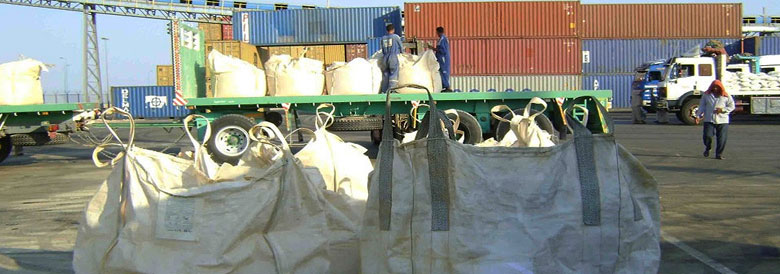Our Services
Brochure
Download our document to see specific data of the service and how we work.
Let’s Start Work
Together
Please feel free to contact us. We will get back to you with 1-2 business days. Or just call us now.
377 villa, dream city, Erbil, Kurdistan region of Iraq

DAP is the most widely used phosphate fertilizer among growers today. It is manufactured by reacting phosphoric acid and ammonia and contains two ammonia molecules. In alkaline soil conditions, one of the ammonia molecules in DAP will revert to ammonia, making it an excellent fit for low pH or alkaline soil. DAP itself is alkaline with a high pH, exceeding 7.5.
Nutrients include P2O5 (46%) and ammoniacal nitrogen (18%). DAP provides the correct proportion of phosphate and nitrogen needed for farming wheat, barley and vegetables. It is also applied in the early stage of fruit orchard fertilization.
| Main specifications | Norm | |
|---|---|---|
| Total nitrogen (N), % | 18 ± 1 | |
| Total phosphates (P2O5), % | 47 ±1 | |
| Moisture, %, max | 1.5 ± 0.3 | |
| Granulometry, % | between 1- mm,% min | – |
| between 2-5 mm,% min | 95 | |
| less than 6 mm, % | 100 | |
| Static strength of granules, MPa (kgs/cm2), min | 3.0 (30) | |
| DAP is non-toxic, non-combustible and non-explosive. | ||
Package
Shipped in bulk or packed in 50 kg bags or in big-bags 1000 kg – 1200 kg.
Transportation
Diammonium phosphate is transported in bulk in specialized self-unloading cars. When transporting in closed decked vessels, the fertilizer shall be packed in bags. Transportation is carried out by all types of transport, in compliance with goods transportation regulations applied to this type of transport means.
Storage
Shelf life: in bulk 6 months from the date of production; in bags or big-bags – 12 months from the date of production.
Product Description
Diammonium phosphate is a granulated fertilizer, with granules in size 5-5 mm (min. 95%). Granules can be white, grey or black (with tones) DAP contains 18% of nitrogen in ammonia form and 46% of phosphours as ammonium phosphate (exact formula can differ slightly depending on producer) Ammonia nitrogen is not leached from soil, is slowly uptaken by plants and facilitates phosphorus uptake, limits excessive uptake of potassium. Phosporus form is easy available for soil, also in water deficiency conditions. DAP is commonly used universal fertilizer which can be applied for field crops and for vegetables and in orchards.
DAP fertilizer is an excellent source of P and nitrogen (N) for plant nutrition. It is highly soluble and thus dissolves quickly in soil to release plant-available phosphate and ammonium. A notable property of DAP is the alkaline pH that develops around the dissolving granule.
Granulated universal highly concentrated nitrogen-phosphorus fertilizer. Value of nitrogen and phosphorus 18-47 increases the resistance of plants to adverse environmental factors (drought and frost), and also increases the resistance of plants to disease. High content of phosphorus contributes to the accumulation of sugar in the root crops and fruits. Suitable for all soils and under all kinds of cultures as the basic fertilizer and as feed in the spring and summer period to speed up the ripening of fruits and berries.
DAP is used to provide plants with the phosphorus they need. Because it also includes sulfur, it provides plants with their sulfur requirements. If it does not provide enough sulfur, it should be combined with the necessary amount of sulfur-containing fertilizer. The phosphorus in this fertilizer reacts more quickly than the phosphorus in other fertilizers. The effects last for several years. DAP is applied to grain crops at the time of planting. If an insufficient amount of DAP is used, the roots will remain weak, development will be insufficient, maturity will be delayed, the plants will remain small, the leaves will take on a purple or dark green color and yield will be low. If it is applied too early, the phosphorus in the fertilizer will mix with the lime and other elements in the soil and lose its effectiveness. If it is applied after planting, it remains on the surface and has no value to the plant.


